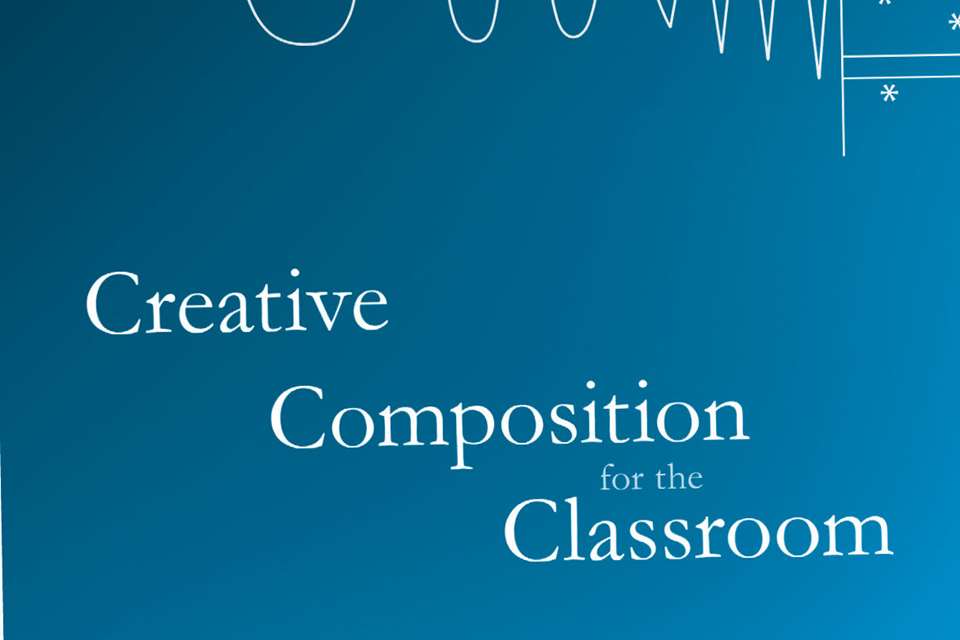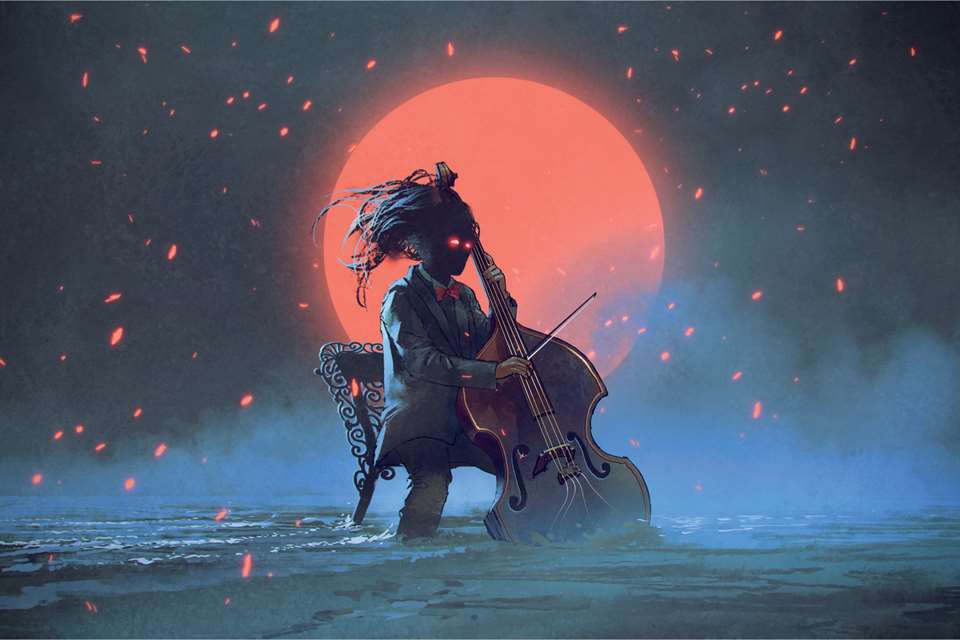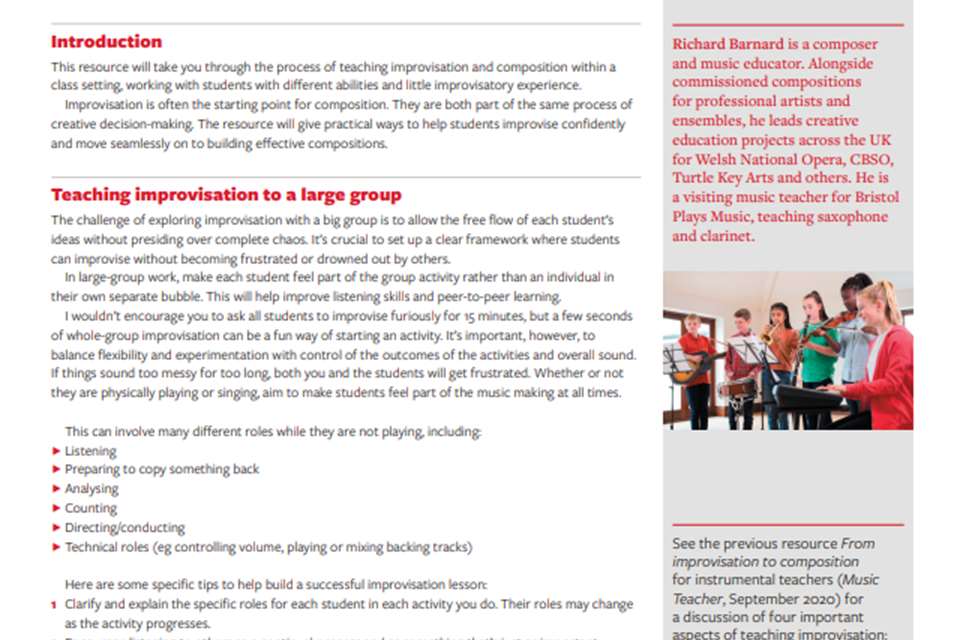The Purcell School: Parallel composition
Phil Croydon
Thursday, June 1, 2023
The Purcell School is celebrating its 60th anniversary with a festival of new works. MT’s Phil Croydon catches up with the composition department to learn of some intriguing experiments.

Courtesy of The Purcell School
When I first heard ‘Purcell Composers@60’, the name of a mini-festival running between September 2022 and December 2023 at The Purcell School, my mind turned to sexagenarians and the celebrated family of composers responsible for ‘Hear my prayer, O Lord’, The Indian Queen and other baroque masterpieces for stage, court or church. Sadly, neither Henry nor Daniel Purcell (the most notable of this family) made it to 60; but the school that bears their name has, and it intends celebrating the work of all composers past and present, at all stages of life. Had these Purcells lived longer, I suspect they would have approved of the collaboration and genre-busting of this composition fest.
Purcell Parallels
Within the festival, there’s one project that has all composition teachers and first-study composition students from the School working in staff-pupil pairs, in parallel, writing pieces for the same chamber forces and exploring various connections. Devised by Dr Daniel Fardon, one of the staff, this project sees final pieces programmed together as pairs. There’s a valuable lesson here, explains Fardon: ‘Students have learned that the compositional challenges do not stop at a certain age, and hearing this from teachers they look up to can be just as inspiring as a more usual composition lesson. It shows us that the art of music transcends age.’
The ‘Purcell Parallels’ series of concerts also contains two rather ambitious projects for a 60-piece orchestra. The first of these involves 60 alumni composers contributing (in sequence) to a single score, creating a musical collage, supervised and topped and tailed compositionally by the current head of department, Alison Cox. The resulting work, called SCRAWL, is based on the idea of graffiti, Cox explains, an art-form that’s both ancient and contemporary. She sees the piece as ‘moving rapidly between numerous, diverse musical personalities’; ‘there are even contributions by composers no longer with us’, she adds, referring to a passage by the late Oliver Knussen (a passage chosen by his family). She and Fardon describes the final score as ‘polystylistic’ and ‘telescopic’. Readers/listeners can work out for themselves how successful it is musically, but as an historical record and experiment in composition, there’s no doubting the significance.
Impulse
From MT’s perspective, the second project for 60-piece orchestra, however, is the more interesting. The work simultaneoUS was completed by Maddy Chassar-Hesketh, a 17-year-old student in composition at The Purcell School, and the owes much to outreach work with school-aged children. It incorporates the musical contributions of 60 composers drawn from all ages and levels of experience, but in particular pupils at Longwood and Highwood primary schools in Hertfordshire. Like SCRAWL, Cox explains, simultaneoUS is an attempt ‘to collaborate with others in ways that haven’t been attempted before.’
The 5½ minute piece started life as part of IMPULSE, the Purcell School’s outreach programme that places Year 12 students in local schools to support young people in assemblies, class workshops or local performances in the community. The students are encouraged and trained to lead music workshops or activities, and in 2022 they worked in partnership with the The Arts Society of North West Norfolk, for example. IMPULSE is part of a school mission to put students ‘in contact with the wider world beyond school’ and to enrich school life. But it also develops necessary skills beyond musicianship, such as in communication and event management.
Chassar-Hesketh and fellow students visited the two primary schools as part of a composition workshop. She prepared the groundwork with a talk and PowerPoint presentation that explained what a composer was, what they did, what an orchestra was, and how the children would be writing music for this orchestra.
The composition stage began with children selecting an instrument, chosen mostly by picking a card at random. Some of the named instruments were on hand in the classroom, with Purcell students willing to play back and demonstrate ideas. Some pupils used their own instruments, building on prior experience and improvising. Each pupil contributed one bar of music in whatever form of notation was comfortable, whether staff, graphs, colours or shapes; the point was to provide ‘an exciting opportunity to try anything and everything’, explains Chassar-Hesketh. Having fragments played back to pupils in real time also provided a sense of ownership and allowed the fledgling composers time to refine.
 Courtesy of Longwood School
Courtesy of Longwood School
The IMPULSE project at Longwood School, Herts.
Assembling simultaneoUS
Once the 45 musical fragments were captured, it was Chassar-Hesketh’s job to arrange these into a single work, creating a musical form while respecting the integrity of the fragments, which, by now, had acquired the pupils’ own descriptive titles. In addition, Chassar-Hesketh would contribute compositionally in her own name, as one of ten students from The Purcell School or RCM Junior Department. Five established composers – Alison Cox, Daniel Fardon, Caroline Shaw, Simon Speare and Judith Weir – contributed to the score too, meaning the five-movement piece, once assembled, would contain 60 bars from 60 composers in total (to underline the celebration). The challenge was to accommodate (convincingly) the musical ideas of a five-year-old alongside those of Judith Weir, Master of the King’s Music.
Chassar-Hesketh described for me the work’s final movement (which itself is called ‘simultaneoUS’): ‘Everyone’s ideas are layered up in a huge flurry of texture, with so many instruments exploring so many different things. There’s a piccolo line that I feel stands out in this movement, written by Billie Reason. It sits above the rest of the textures wonderfully and has so much character in it too! The end of the piece has everyone playing the same idea – entitled ‘Little Hearts and Fish’ by Pratchi, aged 6 – and ends on a huge crescendo note, accompanied by a playful triangle hit on the final semiquaver, added by Josh, one of the percussionists who played in the piece.’
Does simultaneoUS, however, work as a piece of music, I ask, when she steps back and listens to the score – beyond being an experiment in facilitating others or relinquishing some control. ‘Absolutely, yes’, she says; ‘as much as the piece was about the process, it was definitely the end-goal to create music which was enjoyable to listen to. I’ve always been a fan of ‘weird’ music, and by weird, I mean things that are unusual, exciting or completely unique. For me, pieces that explore new techniques/ideas are always the pieces I will listen to over and over, trying to pick out small motifs, ideas or work out the structure/textures that happen. SimultaneoUS is certainly a bit of everything, and I love hearing all the different characteristics and how they come together and flow as a whole.’
Maddy Chassar-Hesketh
As achievements go, simultaneoUS is impressive for a 17-year-old composer. Yes, she’s benefitted from specialist training and is no stranger to the access then success that being at The Purcell School brings. She won the BBC Young Composer in 2019 and in 2021, which led to a commission and the work Thought on Futures, performed at the 2022 Proms. But her enthusiasm for incorporating others’ ideas, particular younger and inexperienced ideas, is unusual in someone still studying, still discovering what their own voice is. Alison Cox and Daniel Fardon agree on how she’s ‘a confident outreacher, a natural communicator’. But the concept and implementation of simultaneoUS were also down to her.
I ask Chassar-Hesketh, how does she think the role of a composer today compares with 60 years ago? ‘I would say composing has had a continuous purpose throughout history – that being the sharing of music. Sixty years ago a composer, generally speaking, would write music to give a message or express something personal, then share it with an audience. The audience had little-to-no involvement in the creation of the music they heard but were able to connect with it through their own interpretation. Of course, so much music is still composed that way in the 21st century.
‘Nowadays, however, the sharing of music can mean so much more than having a piece performed in a concert or on the radio. It can be enhanced and expanded through collaboration with musicians, other composers or, in the case of simultaneoUS, from giving people a short window into what musical creativity is, and sharing all that we are able to express as musicians. As I’m sure many other composers would say, the best pieces happen when you work directly with who you’re writing for, and I think that can absolutely be the case with the audience as well as the instrumentalists. Collaborative and community music has definitely given me the most excitement and curiosity I have ever experienced as a composer.’
Chassar-Hesketh further captures this openness and adaptability with a quote on the title-page of the score to simultaneoUS. In the words of Charles Ives, that great American musical pioneer, it states: ‘Every great inspiration is but an experiment’. It’s exciting to see a younger generation redefining just what composition means, and in the company of others drawn from all walks.
 Courtesy of The Purcell School
Courtesy of The Purcell School
Maddy Chassar-Hesketh working with junior students at The Purcell School
Links
Conducted by Edward Longstaff, simultaneoUS and SCRAWL were performed and filmed in preparation for a forthcoming documentary by The Purcell School.
You can watch simultaneoUS at vimeo.com/825216609




